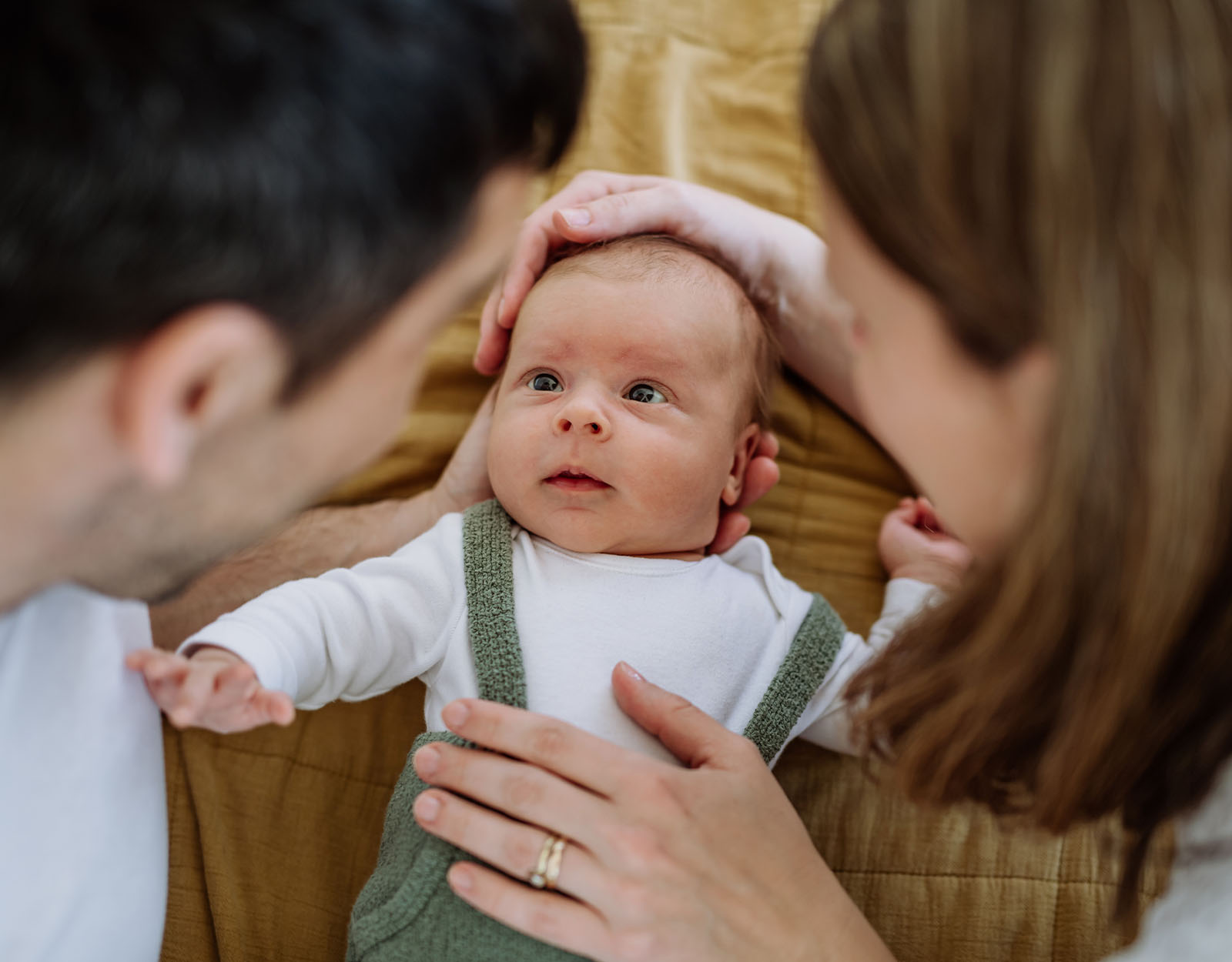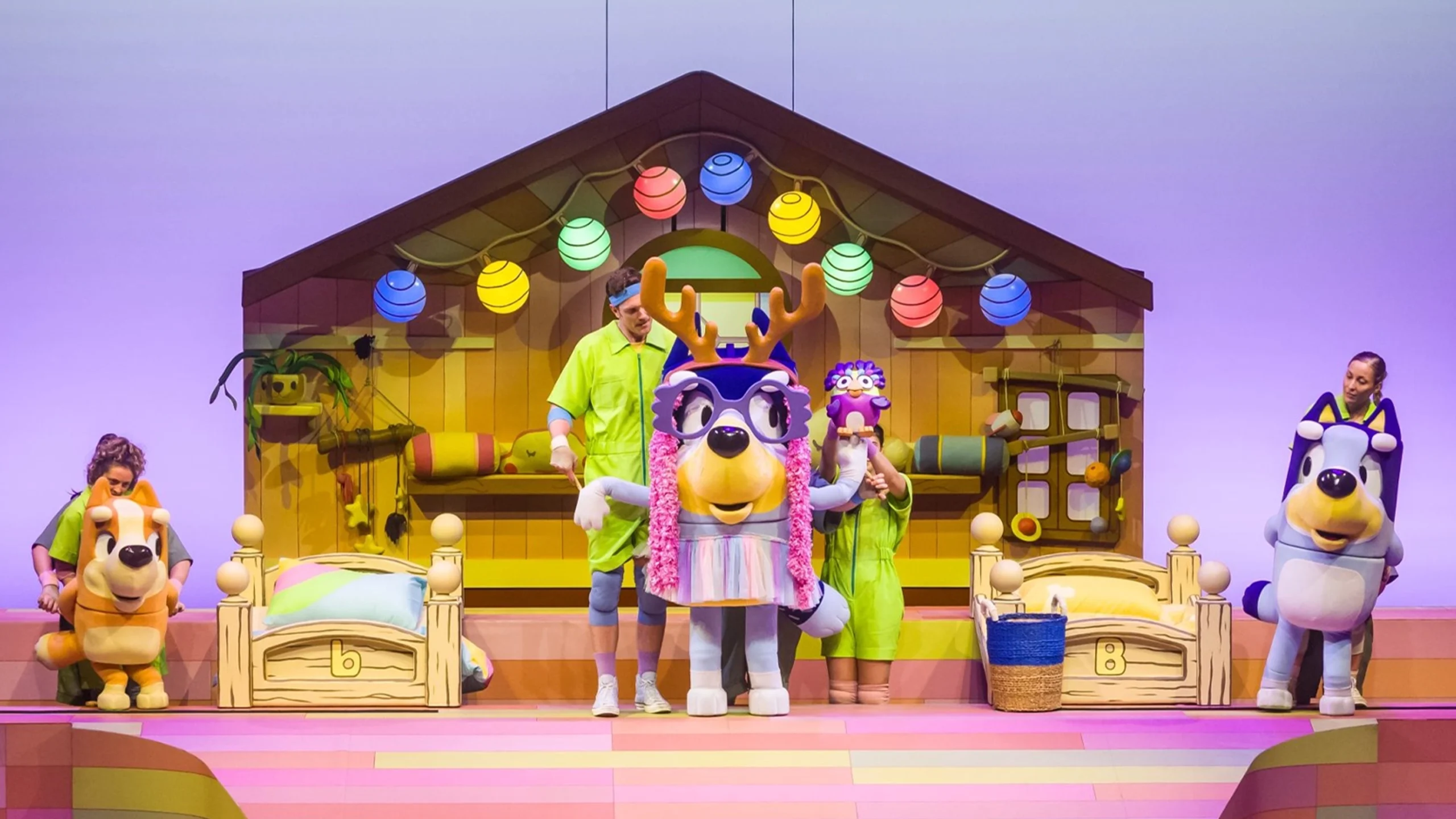How Baby Babble May Help Babies and Kids Learn Languages Faster
Although there are debates on what is “baby babble,” there’s no denying that it helps babies develop their language skills better.
Whenever we see babies, we always talk to them in a singsong voice and mix it with some babble. Although it may not make sense to adults, it actually helps babies in the long run. By fusing the appeal of music with speech, babies get a better sense of how to string words in a sentence and how they sound. But how does baby babble work with multilingual families like Filipinos?

Understanding the Babble in a Bubble
Because babies are still developing their tongue and mouth motor skills, they often produce syllables instead of the whole word. We often call this “baby babble”; “Da”, “Ma”, “Um”, and many others serve as substitutes while refining their tongue’s movements to produce more precise sounds. While we use English as a basis for these babbles, some have shown that the syllables they make can also work with other languages like Spanish because they share the same sounds in both consonants and vowels (Oller and Eilers, 1982; de Boysson-Bardies, Sagart, and Durand, 1984).
So when we babble to our babies ourselves, they learn by watching how our mouths move. It’s also the same technique speech pathologists use to help children with verbal delays with their own approach like the PROMPT technique (Rogers, Hayden, Hepburn, Charlifue-Smith, Hall, and Hayes, 2006; Brown, Cosgriff and French, 2008).
However, these studies often assume that the child is only learning one language which is whatever the parents’ native language is. But how does that work with a Filipino family wherein each member knows a minimum of two languages?
A Multi-Lingual Perspective for Baby Babble
As home to more than 180 native languages plus inherited languages like English, Spanish, and Chinese, the Philippines is home to linguistic marvels who are at least bilingual. They know Filipino and English, and then sometimes, have a third language which we, as parents, often encourage our kids to learn or the school requires them to learn. With easily accessible language learning apps, it’s no surprise that kids and babies can stun their parents when they learn another language that the parents never taught or even know how to speak.
However, this is because of two premises: the first one is that babies are considered “global citizens” wherein their developing brains are developing connections that can learn the language (Werker, 2003; Shulsky, Baker, Chvala, and Willis, 2017), and the second one is that every language has a parent language which means some languages will have similarities to one another (Torpsten, 2011). Southeast languages like Tagalog and Bahasa are one such example because they share syllables and some grammatical rules. Thus, they end up sharing some similar words such as Ako and Aku, meaning “I” in Tagalog and Indonesian respectively (Wardana, Widayati, Taib, and Iqbal, 2022).
Coupled with the Philippines’ colonial history wherein the Spanish conquered the Philippines, Filipinos also developed an affinity for learning Spanish because of the shared syllables. We can already see this in the use of the Chavacano language, one that is commonly spoken in Zamboanga (Reid, 1982; Zorc, 1986).

Baby Babble: A Nonsensical But Necessary Foundation For Multilingualism
Some studies have argued that babbling to our babies isn’t completely useful but that’s because it’s assuming that we are often teaching and speaking in English. These studies often advocated for the use of Parentese. Unlike Baby Babble, Parentese creates full sentences and emphasizes on syllables of the words whereas the former only focuses on the syllables. However, Baby Babble does create a foundation for the mouth’s motor skills and accents which are important in Asian languages. Chinese, Japanese, and Tagalog — these are some of the languages wherein even one mispronounced syllable will change the word’s entire meaning!
Although there are times we’d like to jump to Parentese right away, sometimes, it’s better to do the scenic route especially if you’re planning to teach multiple languages. Not all languages share the same syllable and getting babies used to learning various ones may make it easier to survive the demand of being bilingual in the long run.
References
Brown, T., Cosgriff, T., & French, G. (2008). Learning style preferences of occupational therapy, physiotherapy and speech pathology students: a comparative study. Internet Journal of Allied Health Sciences and Practice, 6(3), 7.
de Boysson-Bardies, B., Sagart, L., & Durand, C. (1984). Discernible differences in the babbling of infants according to target language. Journal of child language, 11(1), 1-15.
McConnell, E. K. (2008). From baby babble to childhood chatter: Predicting infant and toddler communication outcomes using longitudinal modeling (Doctoral dissertation, University of Kansas).
Oller, D. K., & Eilers, R. E. (1982). Similarity of babbling in Spanish-and English-learning babies. Journal of Child Language, 9(3), 565-577.
Reid, L. A. (1992). On the development of the aspect system in some Philippine languages. Oceanic Linguistics, 65-91.
Rogers, S. J., Hayden, D., Hepburn, S., Charlifue-Smith, R., Hall, T., & Hayes, A. (2006). Teaching young nonverbal children with autism useful speech: A pilot study of the Denver model and PROMPT interventions. Journal of autism and developmental disorders, 36(8), 1007-1024.
Shulsky, D. D., Baker, S. F., Chvala, T., & Willis, J. M. (2017). Cultivating layered literacies: Developing the global child to become tomorrow’s global citizen. International Journal of Development Education and Global Learning.
Torpsten, A. C. (2011). Global citizenship and lingual identity: The ability to perform in different lingual settings. Citizenship, social and economics education, 10(1), 37-45.
Wardana, M. K., Widayati, D., Taib, R., & Iqbal, M. (2022). LEXICOSTATISTICS OF MALAY, TAGALOG AND ILOCANO LANGUAGES: A COMPARISONAL HISTORICAL LINGUISTIC STUDY. JURNAL EDUCATION AND DEVELOPMENT, 10(3), 475-479.
Werker, J. F. (2003). Baby steps to learning language. The Journal of pediatrics, 143(4), 62-69.
Zorc, R. D. (1986). The genetic relationships of Philippine languages. In FOCAL II: Papers from the Fourth International Conference on Austronesian Linguistics. Pacific Linguistics.
More about language development in babies and kids?
5 Reasons Why Teaching Babies Sign Language Helps
How Babies Now Can Grow Up Bilingual
WATCH: Marj Suarez’s TikTok Video About Being Bilingual Made Us Giggle









